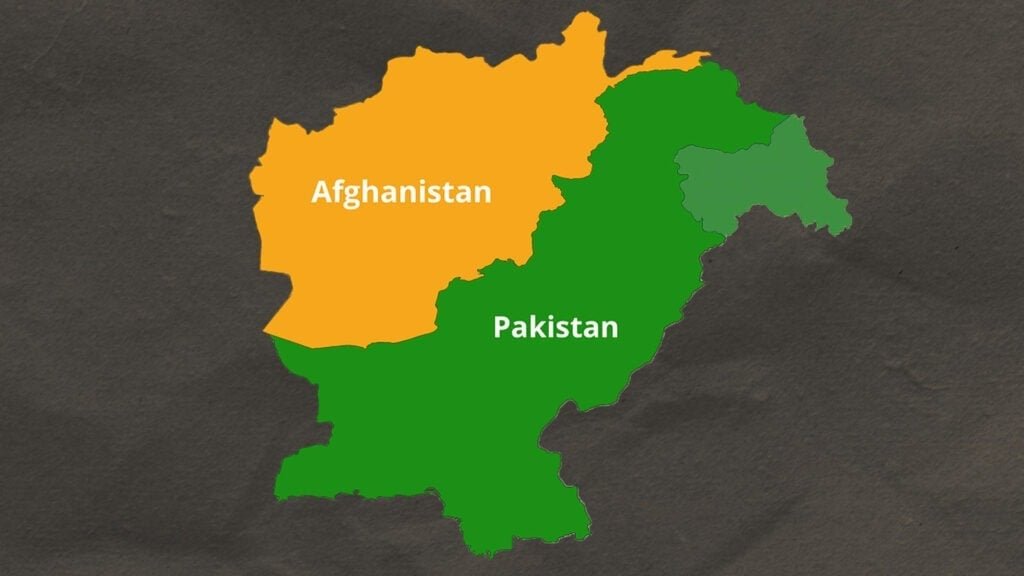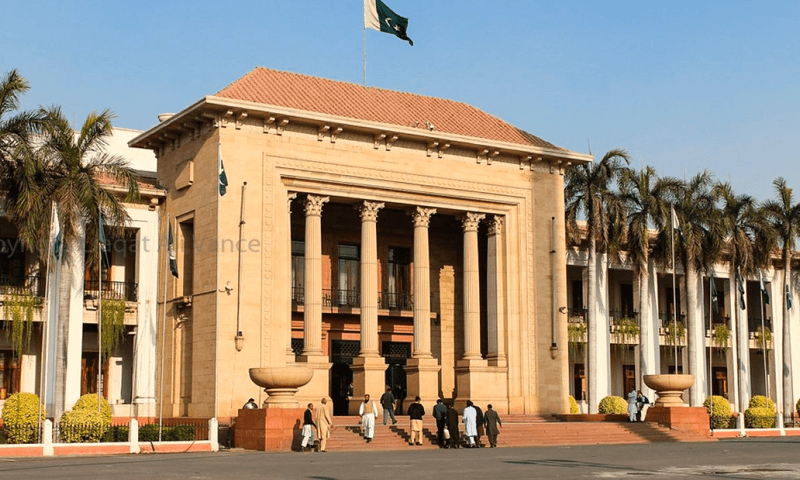Barrister Naveed Qazi
The Punjab government under Maryam Nawaz’s leadership appears to be prioritizing media-centric politics over meaningful governance. In recent months, a surge of high-profile events, ribbon-cutting ceremonies, and extravagant re-launches has defined the administration’s public face. What may seem like routine administrative functions are now presented with theatrical flair as revolutionary breakthroughs. This is no longer about delivering services; it’s about projecting power and cultivating a political brand through orchestrated visibility.
At the core of this strategy lies a deepening culture of political narcissism. The government’s functioning is being restructured around projecting the leadership, particularly Maryam Nawaz, as the symbol of progress, rather than focusing on long-term institutional improvements. Various departments have joined this race to dramatize ordinary administrative tasks—converting modest initiatives into “historic” events accompanied by staged photo-ops, media blitzes, and well-curated social media campaigns. These are not instances of governance transformation, but rather part of an elaborate projection mechanism designed to maintain a constant media presence.
This obsession with optics comes at a tangible cost. The time, energy, and public funds expended on such activities detract from real service delivery. A minor renovation in a school, a new signboard, or distribution of computers is often paraded as a radical education reform. Meanwhile, the core issues of curriculum reform, teacher training, and institutional governance remain unaddressed. Resources are diverted to amplify token gestures instead of resolving systemic deficiencies.
The spending associated with this kind of image-building is both opaque and troubling. For instance, media campaigns for re-launching old schemes under new names are being executed without any public disclosure of costs. No clear reporting exists on how much is being spent on these promotional events, nor is there a mechanism in place for public scrutiny. This lack of fiscal transparency undermines democratic accountability and raises questions about the priorities of the administration. In a functional democracy, public spending must be justified to citizens, not disguised behind press releases and glamorized events.
More concerning is the psychological underpinning of this trend: the emergence of what can be called “personality-centric governance.” Here, leadership is elevated above institutions and public interest becomes secondary to leader visibility. The objective is not policy transformation or institutional strengthening, but rather the visual reinforcement of one political figure’s dominance. In this framework, the success of governance is measured by how frequently the leader appears in headlines, not by tangible improvements in people’s lives.
This phenomenon is visible across various sectors of Punjab’s administration. Be it the artificial excitement around sports festivals or exaggerated performance reporting in health and education—substance has been replaced by spectacle. Old policies are being rebranded with new names, launched as if they were entirely new ventures, accompanied by expansive advertising campaigns. Such practices not only blur historical accountability but also misuse public funds in pursuit of temporary media gratification.
Moreover, the public remains largely unaware of the financial burden these exercises place on the treasury. Media rarely questions the budgeting behind these promotions. Government reports offer little detail, and often, no information is publicly available on the costs involved or whether any alternative use of these funds was considered. The cumulative impact of this non-transparent spending is significant, especially in a province where critical infrastructure, education, and healthcare require serious investment.
Please, subscribe to the YouTube channel of republicpolicy.com for quality content.
Another side effect of this performative governance is public disillusionment. When every basic act is turned into a grand celebration, it lowers the bar for what citizens can expect from their leaders. Over time, people grow cynical. Their trust in public institutions erodes as they realize the spectacle does not translate into real progress. This erosion of public faith is damaging for the democratic process itself, especially in a politically vibrant province like Punjab.
The government must realize that governance is not about putting on a show. In a country like Pakistan—grappling with limited fiscal space and deep-rooted structural issues—every rupee counts. The purpose of public administration must be to deliver effective services, implement sustainable reforms, and build resilient institutions. Leadership should enhance the capacity of the state, not dominate its narrative through excessive self-promotion.
If Maryam Nawaz’s government wants to chart a meaningful political legacy, it must shift its focus from event management to evidence-based governance. Effective governance is quiet, steady, and reform-oriented. It involves reforming public schools from the inside out, ensuring transparency in procurement and budgets, building capacity within departments, and implementing data-driven policies. These are not glamorous processes, but they are the ones that yield long-term benefits.
Currently, however, the political landscape of Punjab reflects an imbalanced form of governance—one that emphasizes superficial impact over structural transformation. The state’s machinery is increasingly being used to serve the optics of political leadership rather than the welfare of its citizens. Institutions are being overshadowed by personalities, and service delivery is becoming secondary to curated presentations.
It is time to course-correct. Accountability, not applause, should be the metric for good governance. Real progress lies in addressing the deep challenges of the province—in education, health, infrastructure, and justice—not in staging overproduced ceremonial events. The focus must return to empowering systems, not individuals. The future of Punjab’s governance depends on leaders who recognize that real power comes not from projection, but from performance.















